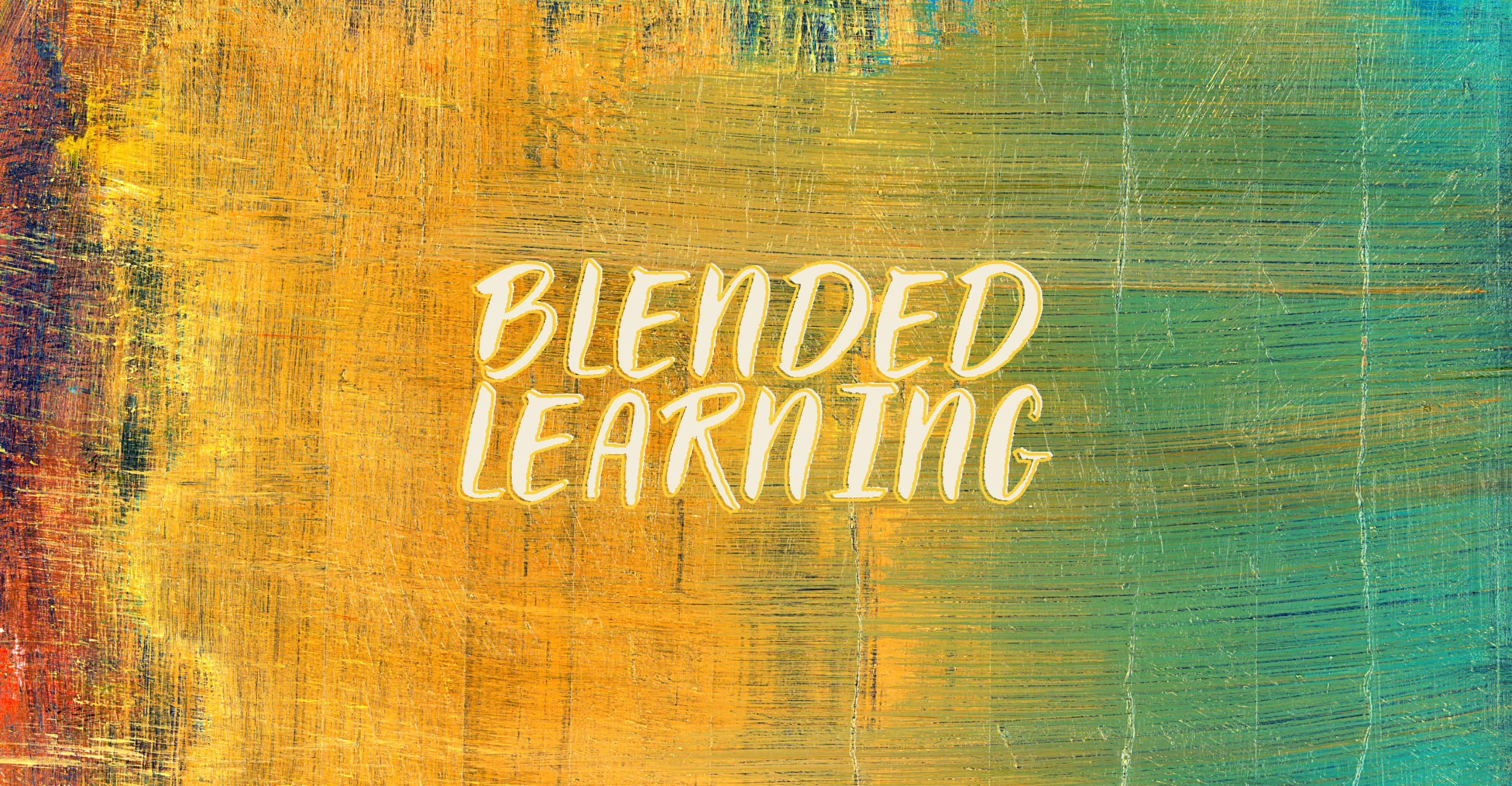
Blended Learning
What Is It?
Even in the best classrooms, much of the time together is spent learning individually, listening to an instructor or guest speaker convey their knowledge of a subject.
Blended learning (particularly one form called “flipped classroom”) aims to extract that part of the learning experience and place it outside the classroom in an online, generally self-paced, multimedia format.
The result is that the time a group of learners spends together (either face-to-face or online) can then be dedicated to knowledge sharing and collaboration.
Why It Works
Participants come to learning experiences with different backgrounds and degrees of familiarity with the topic.
Blended learning allows individuals to “level up” their knowledge of the topic at their own pace, using different learning modalities (text, video, animation, etc.), which better prepares them to participate in group activities.
How It Applies to the New Normal
If you have established face-to-face courses, they most likely include some cadence of alternating teaching and group practice or discussion, so converting them to blended online learning doesn’t have to mean reinventing the wheel.
Start with identifying the critical path in your instruction (take out any extraneous “nice to know” content). Once you’ve identified the essential material, break it into two categories: instructive and group activity.
From there it is a matter of determining the best approach to transition the instructive material to asynchronous online learning and the group activities to synchronous online learning. You also will need to determine the right timeline for online learning delivery.
And when returning to face-to-face becomes a reality, those synchronous online segments can be converted back to the classroom, while still making use of the self-paced learning for preparation.
Try Something New
The New Normal is driving the necessity to try something new in your training programs. The research-based methods discussed in this series can give you the confidence that you are not only converting your learning to an online format, but strengthening its impact on your learners.
Knowledge Partners helps organizations build capacity for individual growth. We offer services to design a continuum of learning solutions that provide just-in-time resources that respond to individual contexts, driving organizational development.

Blended Learning
What Is It?
Even in the best classrooms, much of the time together is spent learning individually, listening to an instructor or guest speaker convey their knowledge of a subject.
Blended learning (particularly one form called “flipped classroom”) aims to extract that part of the learning experience and place it outside the classroom in an online, generally self-paced, multimedia format.
The result is that the time a group of learners spends together (either face-to-face or online) can then be dedicated to knowledge sharing and collaboration.
Why It Works
Participants come to learning experiences with different backgrounds and degrees of familiarity with the topic.
Blended learning allows individuals to “level up” their knowledge of the topic at their own pace, using different learning modalities (text, video, animation, etc.), which better prepares them to participate in group activities.
How It Applies to the New Normal
If you have established face-to-face courses, they most likely include some cadence of alternating teaching and group practice or discussion, so converting them to blended online learning doesn’t have to mean reinventing the wheel.
Start with identifying the critical path in your instruction (take out any extraneous “nice to know” content). Once you’ve identified the essential material, break it into two categories: instructive and group activity.
From there it is a matter of determining the best approach to transition the instructive material to asynchronous online learning and the group activities to synchronous online learning. You also will need to determine the right timeline for online learning delivery.
And when returning to face-to-face becomes a reality, those synchronous online segments can be converted back to the classroom, while still making use of the self-paced learning for preparation.
Try Something New
The New Normal is driving the necessity to try something new in your training programs. The research-based methods discussed in this series can give you the confidence that you are not only converting your learning to an online format, but strengthening its impact on your learners.



